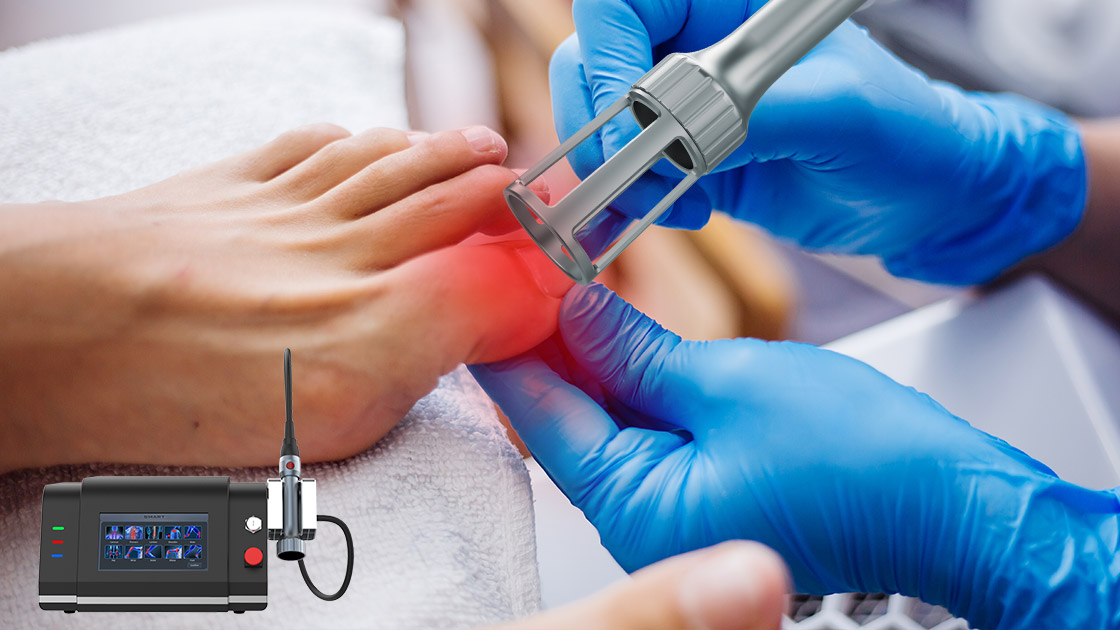Page Contents
Toenail fungus, or onychomycosis, thickens, discolors, and weakens nails. While treatments like topical creams and oral medications exist, laser therapy has emerged as an effective, innovative option. This article explores laser therapy for toenail fungus, detailing its process, benefits, and potential risks.
What Is Laser Therapy for Toenail Fungus
Laser therapy for toenail fungus uses concentrated light to target and eliminate the infection. The laser’s energy penetrates the nail and surrounding tissue, killing the fungus without harming the nail or skin. This safe, convenient treatment has become popular as an alternative to traditional methods, which often require long-term antifungal medications with varying success.
How Does Laser Therapy Work
Laser therapy focuses specific light wavelengths on the infected toenail. The laser’s heat penetrates the nail and disrupts fungal cells, breaking them down. The body then clears away the dead cells, allowing a healthy nail to grow.
Multiple sessions, each lasting about 30 minutes, are usually needed for optimal results. The number of sessions varies based on infection severity and individual response. Most patients see improvement after a few sessions, with significant results as the healthy nail grows over months.
Benefits of Laser Toenail Fungus Treatment
Laser therapy is highly effective. Clinical studies show it can significantly reduce or eliminate fungal infections for many patients. Unlike topical treatments that struggle to penetrate the nail or oral medications with potential side effects, laser therapy directly targets the infection with minimal impact on surrounding tissue.
Another benefit is the treatment’s non-invasive nature. No needles, incisions, or long recovery periods are involved. Patients can resume normal activities immediately after treatment, making it a convenient option.
Laser therapy is also quick. Each session is short, and the full treatment can often be completed in weeks or months, depending on infection severity. This is faster than oral antifungal medications, which require months of treatment with lower success rates.
Risks and Side Effects
Laser therapy is generally safe, but it has potential risks and side effects. The most common side effect is mild warming or discomfort during treatment, which usually subsides quickly. Some patients may experience temporary redness or swelling, but these symptoms resolve on their own within days.
In rare cases, the laser may cause minor burns or blisters, especially if not administered correctly. This highlights the importance of seeking treatment from a qualified healthcare provider.
While effective, laser therapy isn’t a guaranteed cure. Some patients may not respond, or the fungus may return. Additionally, laser therapy can be costly, and insurance may not cover it since it’s often considered a cosmetic treatment.
Conclusion
Laser therapy offers an effective, non-invasive option for treating toenail fungus. By directly targeting the infection with minimal side effects, it has gained popularity. However, weighing the benefits against potential risks and consulting a healthcare provider is essential to determine if laser therapy is right for you.
